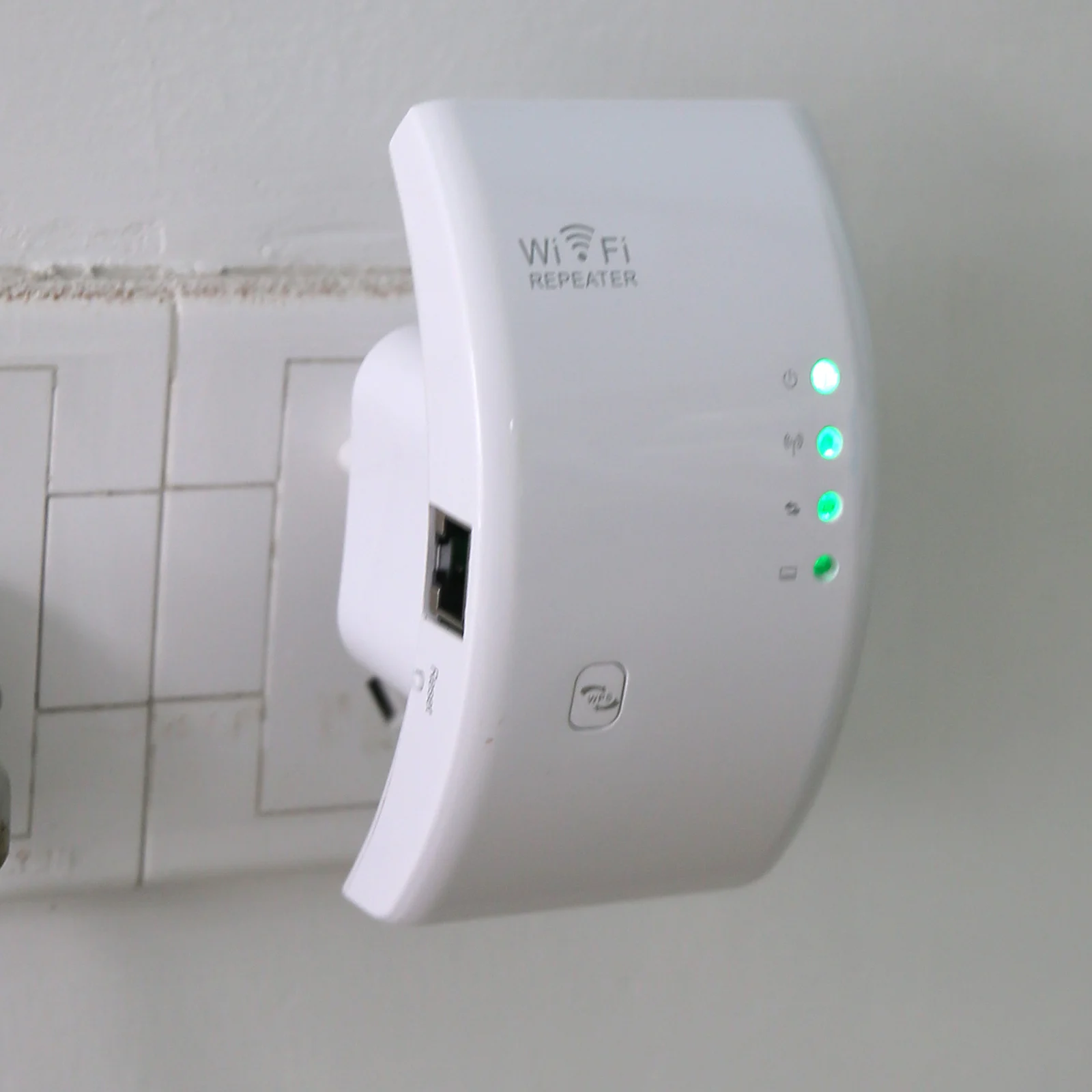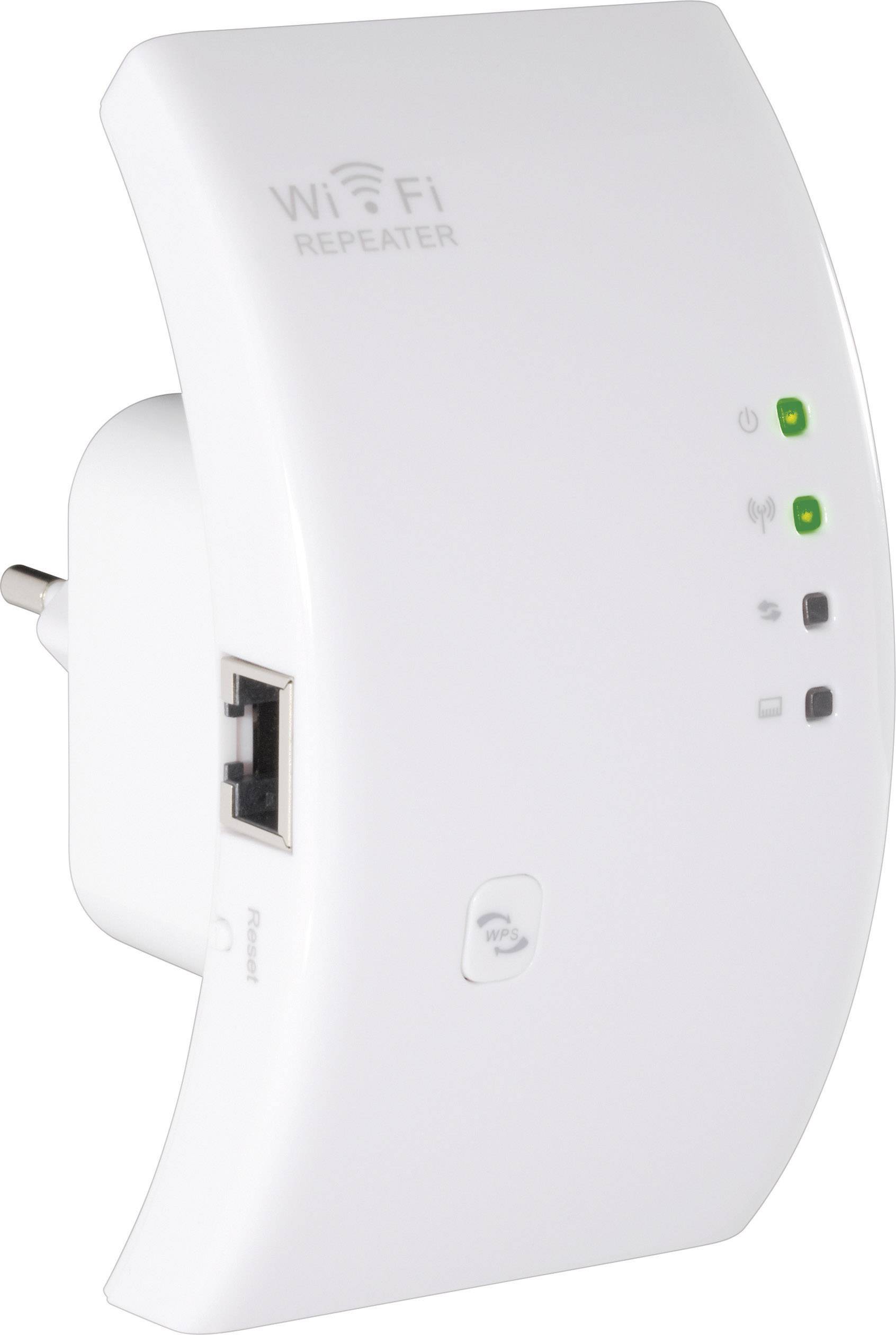

- #Repeater wifi for windows 10
- #Repeater wifi android
- #Repeater wifi pro
#Repeater wifi android
750 | Wireless Display Receiver Miracast receiver supports native screen mirroring in Windows and Android devices.
#Repeater wifi for windows 10
Classroom Commander Student device orchestration for Windows 10 and Chromebook devices. 1000 EDU | Wireless Display Receiver App-free screen mirroring across OS devices plus Classroom Commander. 960 | Wireless Display Receiver App-free wireless display, extended desktop and interactive touch display. Central Management System (CMS) Centrally manage receivers across locations saving time and money. 1100 | Wireless Display Receiver 4K app-free screen sharing across OS platforms, employee and guest network. #Repeater wifi pro
ScreenBeam USB Pro Switch Automated and intelligent room resource switching so Microsoft Teams Rooms can seamlessly co-exist with BYOM and In-Room wireless presentations. ScreenBeam Conference Wirelessly connects user devices to displays and room peripherals for flexible collaboration and content sharing. 1100 Plus | Wireless Display Receiver Flexible collaboration and content sharing platform with agnostic support for video conferencing tools and app-free wireless display. That could be a MAC address, network name (SSID), spectrum band and security mode, for example. In a nutshell, the key steps are finding the bridge or repeater mode in the configuration tool, choose it, and then enter whatever network information the tool asks for. The nomenclature vendors’ use differs, but the basic steps for setting up are quite similar. One feature to look out for is WDS (Wireless Distribution System). We can’t list all the routers that have some sort of bridge or repeater mode, but all the usual suspects (including Apple, Belkin, Linksys, Netgear and TRENDNet) have the functionality in most of their recent products. Without needing network cables, or powerline adaptors, that is. If you’re lucky or you chose well when you bought your old router it might already have the features necessary to be reused to improve Wi-Fi coverage. You will find that you have successfully extended the reach of your wireless network and now have a second wireless access point. Take a smartphone, tablet or laptop, and check to see the signal strength when close to each of the routers. With both routers now turned on, it’s time to test your network. Remember, too, that once you’ve change the router’s IP address you will have to wait for it to reboot, and then access it by typing the new IP address into your browser’s address bar. On each configuration page, confirm your choices by clicking ‘save settings’ at the bottom of each page as you go. Remember this address as you might need it to access this router later. 

Give the slave router an IP address of 192.168.1.50. To assign a fixed IP address, let’s assume the main router has an address of 192.168.1.1 and that it’s setup to to issue addresses – by DHCP – between 192.168.1.2 and 192.168.1.49. You need to stop the slave router giving out IP addresses to devices, leaving that task in the hands of the primary router.ĭisable DHCP by un-ticking it on the relevant configuration page. Head to the LAN setup page (or similar) and give the router an IP address in the same range as the IP addresses given out by my main router, but outside of the range that is automatically assigned by DHCP.ĭynamic Host Communications Protocol is the process by which a device issues IP addresses to equipment on the network.







 0 kommentar(er)
0 kommentar(er)
